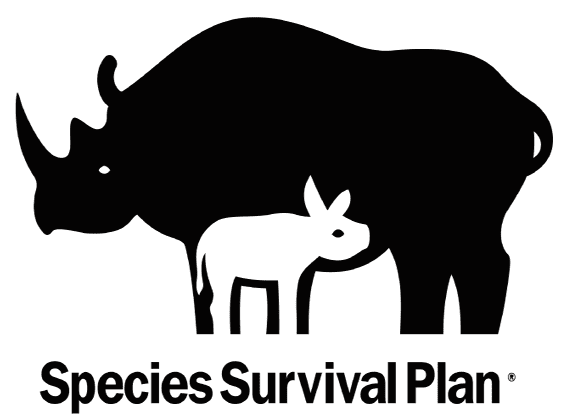
Cape Porcupine
The Cape porcupine is among the world’s largest porcupines. From head to tail they can be nearly three feet long. These dense animals have short limbs and can weigh anywhere from 22 pounds to 53 pounds.
Range & Habitat
In the Wild: Cape porcupines are found throughout central and southern Africa. They are happy in a variety of climates but will typically be found in areas with very dense vegetation.
At the Zoo: Social Animals building
Conservation Status: Least Concern
The Cape porcupine population seems to be stable right now. Potential threats include habitat destruction and being hunted as pests by locals.
Diet
In the Wild: roots, tuber, bulbs, fruit and bark.
At the Zoo: specialized grain, browse, plants, veggies and fruit.
Life Span
Fun Facts about the Cape Porcupine
- Cape porcupines have quills all over their bodies that are used for defense against potential threats. The Cape porcupine will run sideways or backwards to stick them into predators.
- Cape porcupines have long spines on their tails that do not detach. These spines are hollow and make a rattling sound when shaken. This serves as a defense to scare predators.
- The Cape porcupine’s quills are soft when they are first born and harden as they mature.
Sources
University of Michigan Museum of Zoology. Animal Diversity Web; Cape Porcupine. Information retrieved October 2019. https://animaldiversity.org/accounts/Hystrix_africaeaustralis/
The Animal Facts, Cape Porcupine. Information retrieved October 2019. https://theanimalfacts.com/mammals/54829-2/
Safari Bookings, 5 Fascinating Facts About Cape Porcupine. Information retrieved October 2019. https://www.safaribookings.com/blog/5-fascinating-facts-about-cape-porcupine
Cassola, F. 2016. Hystrix africaeaustralis (errata version published in 2017). The IUCN Red List of Threatened Species 2016: e.T10748A115099085. https://dx.doi.org/10.2305/IUCN.UK.2016-3.RLTS.T10748A22232321.en. Downloaded on 02 December 2020.


